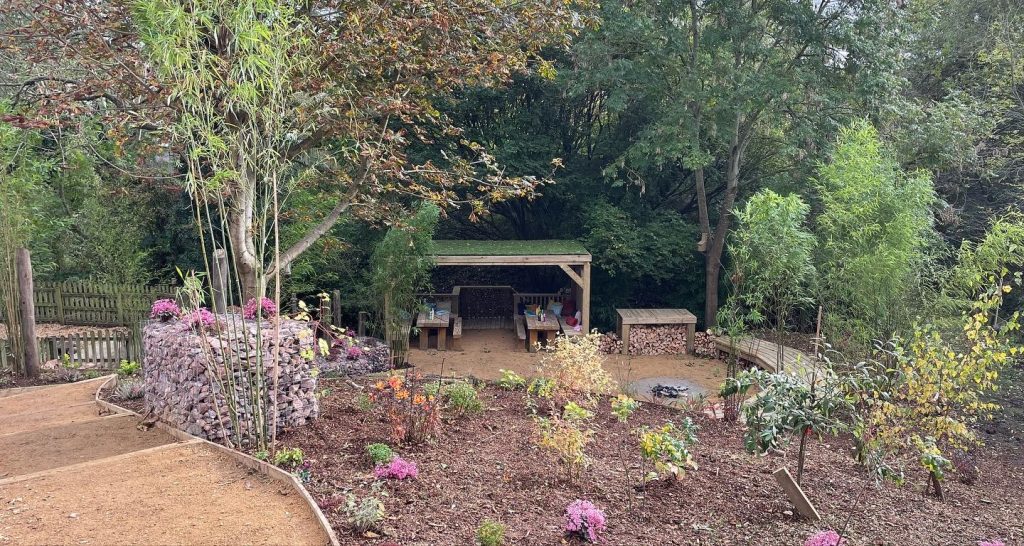
Green Roofs: A Growing Solution for Soil Health
In the quest for sustainable urban development and the conservation of natural resources, the concept of green roofs has gained prominence as an innovative and environmentally friendly solution. As we celebrate World Soil Day, it is imperative to explore how green roofs can play a crucial role in supporting soil health, especially in urban landscapes where soil is often displaced or degraded due to construction and development.
Green Roofs and Soil Preservation:
- Enhanced Biodiversity: Green roofs, adorned with a variety of vegetation, create microhabitats for insects, birds, and plants. This diversity contributes to the overall health of the soil by fostering a balanced ecosystem. The plants on green roofs act as a protective layer, shielding the soil from erosive forces like wind and water.
- Stormwater Management: Urbanization often leads to increased surface runoff, carrying pollutants and sediment that can negatively impact soil and water quality. Green roofs act as natural sponges, absorbing rainwater and reducing stormwater runoff. This not only mitigates the risk of soil erosion but also helps replenish groundwater reserves.
- Temperature Regulation: Green roofs provide insulation, reducing the urban heat island effect. By moderating temperature extremes, these roofs create a more favorable environment for soil organisms to thrive. Cooler temperatures can enhance microbial activity in the soil, promoting nutrient cycling and overall soil health.
Benefits of Green Roof Vegetation:
- Soil Structure Improvement: The roots of plants on green roofs help bind the soil particles together, preventing erosion and promoting stable soil structure. This is particularly important in urban areas where conventional soil may be prone to compaction and degradation.
- Carbon Sequestration: Just as natural soils capture and store carbon, the soil in green roofs serves as a carbon sink. The vegetation absorbs carbon dioxide during photosynthesis, and the organic matter in the soil helps store this carbon, contributing to climate change mitigation.
- Air Quality Improvement: Green roofs can act as filters, trapping pollutants and particulate matter from the air. As these pollutants settle into the soil, microbial activity breaks them down, improving the overall quality of the soil and supporting a healthier ecosystem.
Encouraging Sustainable Urban Practices:
As we commemorate World Soil Day, integrating green roofs into urban planning becomes not just a luxury but a necessity. Municipalities, architects, and homeowners can contribute to soil conservation by incentivizing and implementing green roof initiatives. Educational programs can raise awareness about the benefits of green roofs, encouraging more widespread adoption.
Conclusion:
Green roofs emerge as a beacon of hope in the concrete jungle, offering a tangible solution to the challenges posed by urbanization on soil health. On World Soil Day, let’s recognize the pivotal role that green roofs play in preserving and enhancing soil quality. By embracing sustainable practices and incorporating green roofs into our urban landscapes, we can contribute to the well-being of the soil, ensuring its vitality for generations to come.
For a chat about your green roof projects do give Toby a call 07714 216889 or email us theteam@sedumgreenroof.co.uk




